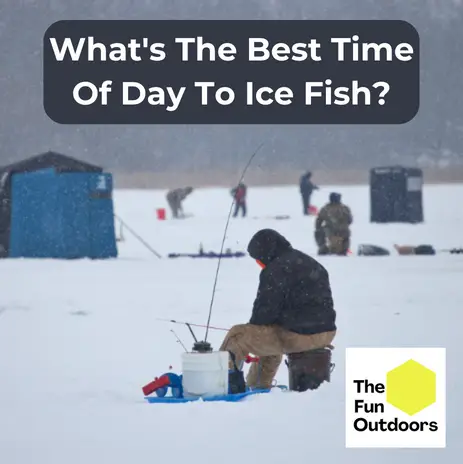Ice fishing is not only a fun winter activity but also a great way to catch fish and an entirely different experience than regular-season fishing. It is important to know the best time of day to ice fish to increase the chances of a successful catch and to make sure you have a great time.
The best time of day to ice fish is during the first couple of hours after sunrise and the first couple of hours before and after sunset. During these times, fish are more active and are heading towards their feeding grounds. This is also when they are less cautious and more likely to bite.
We’ll break down the most popular ice fishing species and the best time of day to ice fish for them in this guide.
Best Times for Ice Fishing
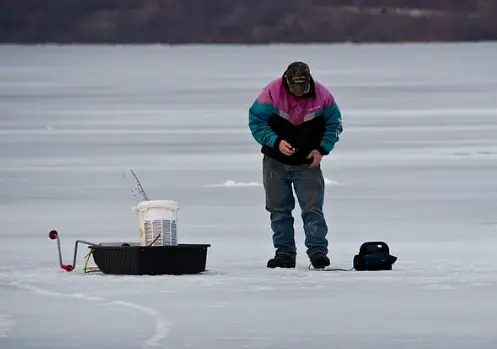
When it comes to ice fishing, timing is everything. Knowing the best time of day to fish can make a big difference in your catch. In general, the optimal times for ice fishing are during the morning and evening.
Sunrise
The first few hours after sunrise are considered the best time for ice fishing. During this time, fish are typically more active and feeding. This is known as the “morning bite.”
It’s important to note that the exact time of sunrise will vary depending on your location and the time of year. Anglers should plan to arrive at their fishing spot at least an hour before sunrise to set up their equipment and get ready to fish.
Sunset
The hours leading up to sunset are also a great time for ice fishing. This is known as the “evening bite.” Fish are once again more active and feeding during this time.
As with sunrise, the exact time of sunset will vary depending on your location and the time of year. Anglers should plan to arrive at their fishing spot at least an hour before sunset to prepare for the evening bite.
After Dark
While the morning and evening bites are generally the best times for ice fishing, some fish species may also be active after dark. This is especially true for nocturnal species such as walleye and crappie.
If you plan to fish after dark, it’s important to bring a headlamp or other form of lighting to help you see and navigate your fishing spot. It’s also a good idea to bring warm clothing and extra supplies in case your fishing trip runs longer than expected.
Seasonal Considerations
When it comes to ice fishing, the time of year can greatly affect the best time of day to fish. In the winter months, when the ice is thick and the temperatures are low, the best time to fish is often early in the morning or late in the afternoon. This is because fish tend to be more active during these times as they search for food to help them survive the cold winter.
As the winter months progress, however, the best time to fish can shift slightly. In late November and early December, for example, the water is still relatively warm and fish may be more active during the middle of the day. By February and March, however, the water is much colder and fish tend to be more active during the warmer parts of the day.
In April, as the ice begins to thaw, the best time to fish can shift once again. During this time, the ice is often thinner and less stable, so it is important to be cautious when venturing out onto the ice. Additionally, as the water begins to warm up, fish may become more active during the middle of the day as they search for food.
Best Ice Fishing Times By Species
When it comes to ice fishing, the best time of day to fish can vary depending on the species of fish you are targeting. Here are some tips on the best times to fish for different types of fish:
| Fish Species | Best Ice Fishing Time |
| Trout | Sunrise and Sunset (Near Flat Shallows) |
| Bluegill | Mid-Afternoon through Sunset |
| Lake Trout | Early Morning and Late Afternoon |
| Perch | Sunrise and Sunset are best, good all day |
| Crappie | Evening and Night |
| Walleye | Mid-evening through Night |
| Northern Pike | Mid-Morning |
| Catfish | Late Morning and Early Evening |
| Kokanee | Dawn and Dusk |
| Panfish | Sunrise and After Sunset |
| Burbot | Night |
| Bass | Mid-day and Afternoon |
| Sunfish | Mid-day |
Trout
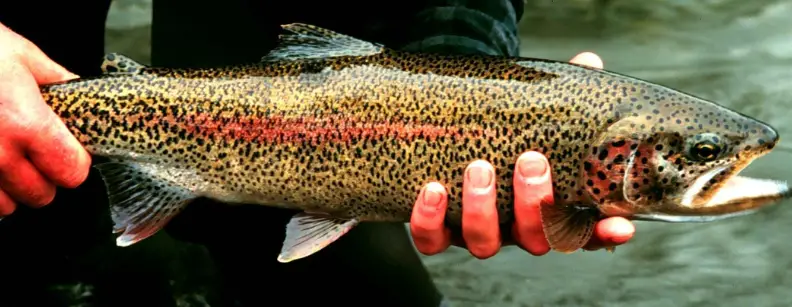
Trout are most active during sunrise and sunset. They tend to feed on insects and other small prey during these times. Trout tend to be more active when it’s overcast or drizzling. Trout prefer flat and shallow waters that are near deeper sections.
Bluegill
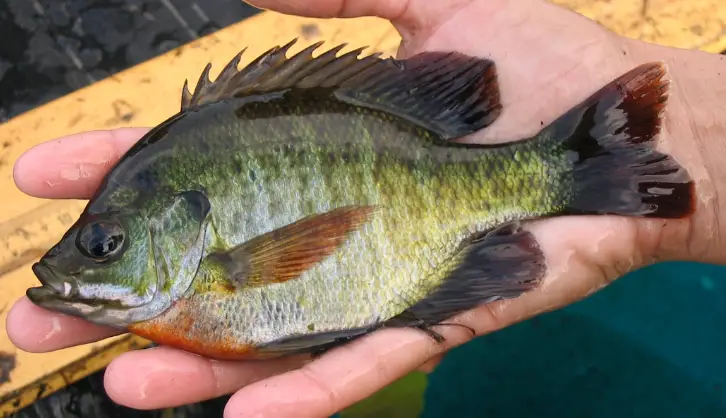
Bluegill are most active during the mid afternoon or late afternoon. Bluegill don’t have good eyesight so they are unlikely to feed after dark, so your best bet is to be ready in the early afternoon to catch one. Bluegill tend to stick around the shallows during most of the day.
Lake Trout
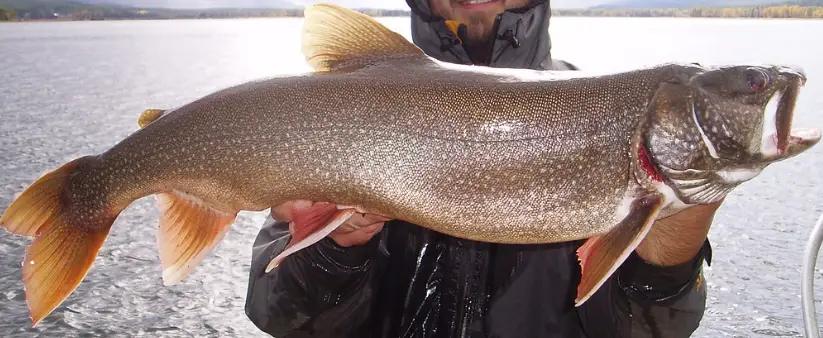
Lake trout are most active during the early morning and late afternoon, just like other trout species. They tend to feed on small fish and other prey during these times.
Perch
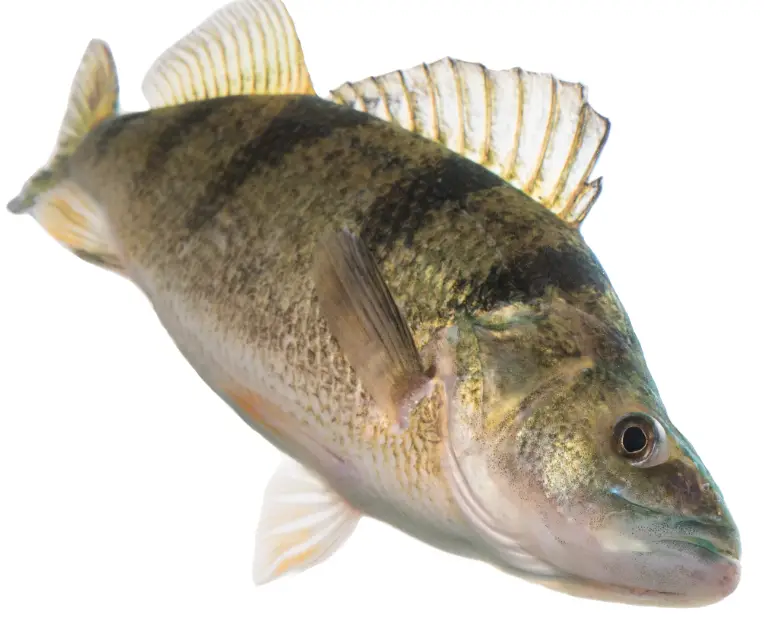
The best time to ice fish for perch are sunrise and sunset, but they stay active throughout the entire day. Perch are bottom feeders, so make sure to string your pole and bait accordingly.
Crappie
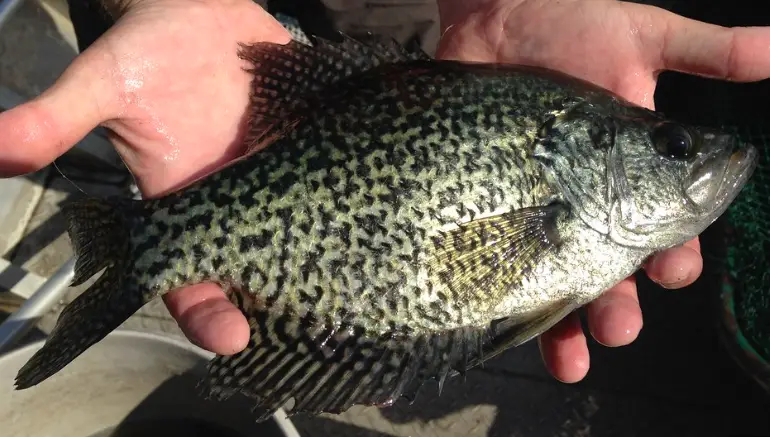
Crappie can see very well in the dark, making them more active at sunset and into the late evening. Crappie usually stick together in schools, making them a little easier to catch.
Walleye
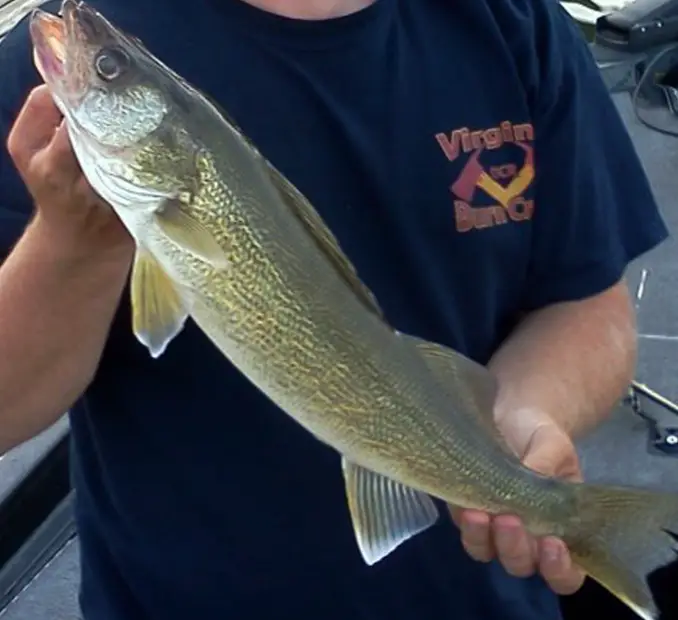
Walleye are easier to catch during the late afternoon and evening, but can also be caught at night. They’ve got better eyesight so they’re more active during dark hours.
Northern Pike
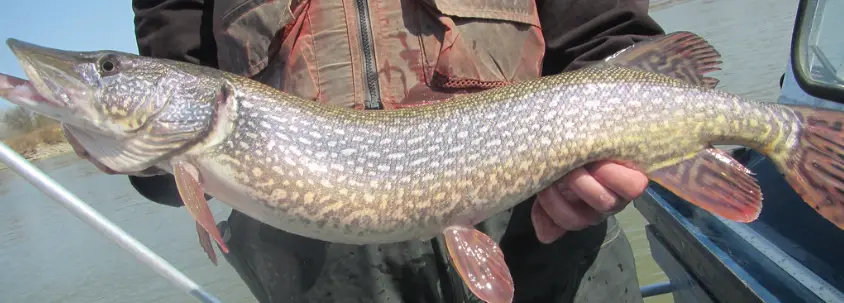
Northern pike feed all day, but the best time to ice fish for pike is in the mid-morning between sunrise to just after noon. Pike usually stick to cooler waters, so you’ll have better luck catching them during late-winter ice fishing.
Catfish

Catfish are easiest to catch ice fishing during the late morning to early evening, and stick to deeper water and near underwater rocks or logs.
Kokanee
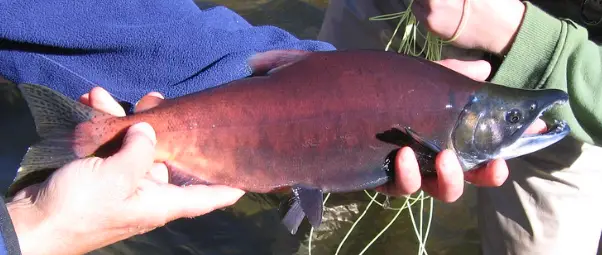
Kokanee are most active during dawn and dusk, and stay relatively deep from 15 to 80 feet down in the water.
Panfish
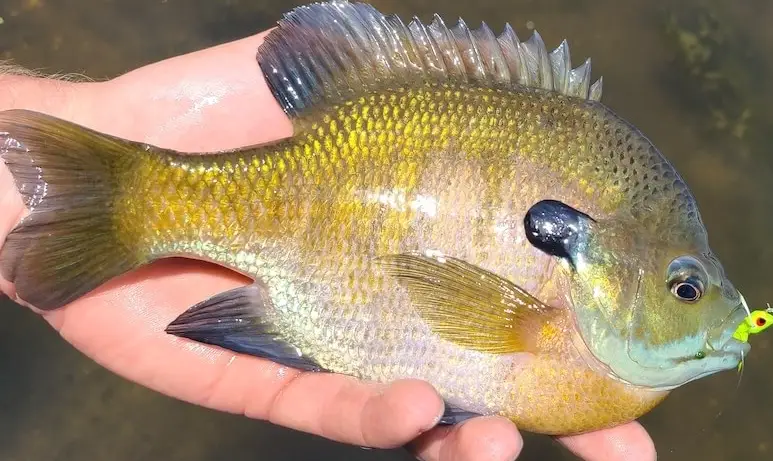
Panfish are most active during around sunrise and after sunset. Don’t expect to catch many panfish mid-day!
Burbot
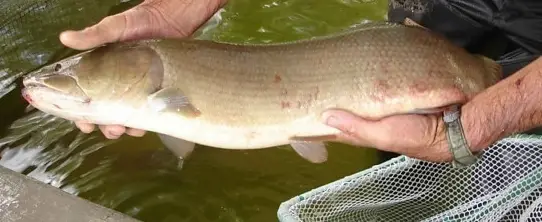
Burbot are most active at night, and are a real blast to ice fish for. These bad boys can group up to 20 pounds, so be sure to have a large enough ice fishing hole and some strong line on your pole!
Bass
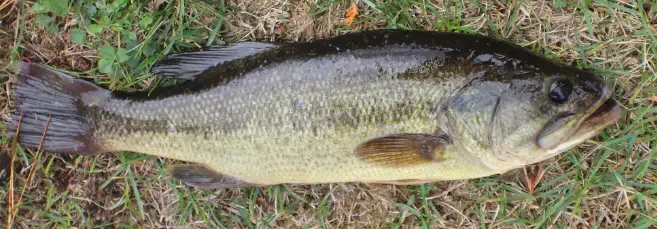
Smallmouth bass stick in small groups, and stay a little more active in warm water, so you’ll have a better shot at catching them in the mid-day or afternoon, and ice fishing for them at the start or end of the season. The same goes for largemouth bass, but they’re less active than the smallmouth variant so they’ll be a little tougher to catch.
Sunfish
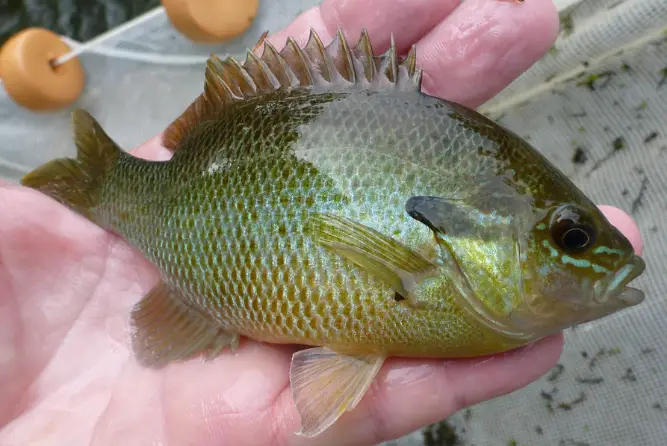
Ice fishing for sunfish is best from late November to early April, and midday is when they’re most active.
How Weather Affects Ice Fishing
When it comes to ice fishing, weather plays a crucial role in determining the success or failure of your fishing trip. Understanding how weather affects ice fishing can help you plan your trip and increase your chances of catching fish.
One of the most important weather factors to consider is temperature. As the temperature drops, fish become more active and move to shallower waters. This is because colder water holds more oxygen, making it easier for fish to breathe. When the water temperature is warmer, fish tend to stay in deeper waters where the temperature is more stable.
Another weather factor to consider is the barometric pressure. When the barometric pressure drops, fish become more active and start feeding more aggressively. This is because the drop in pressure signals a change in weather, such as a storm approaching, and fish instinctively know that they need to feed before the weather turns bad.
Finally, storms can have a significant impact on ice fishing. As mentioned earlier, fish tend to become more active when a storm is approaching. However, once the storm hits, fishing can become more difficult due to the high winds, low visibility, and changes in water temperature.
Food Sources and Feeding Patterns
When it comes to ice fishing, understanding the feeding patterns of fish is crucial to having a successful catch. Fish feed differently depending on the time of day, weather conditions, and their natural habitat.
During early morning and late evening hours, fish tend to be more active and feed more aggressively. This is when they are most likely to be caught by ice anglers. The low light levels during these times trigger the diel vertical movement of small invertebrates from the bottom, creating plenty of food just below the ice layer. This, in turn, attracts baitfish, which are then preyed upon by larger game fish.
Zooplankton and phytoplankton are common food sources for baitfish, and therefore, attract game fish as well. Weed beds are also a great source of food and shelter for baitfish, making them a prime location for ice fishing.
Feeding patterns can also be affected by weather conditions. For example, during periods of high pressure, fish may feed less frequently and be more cautious. On the other hand, during periods of low pressure, fish may be more active and feed more aggressively, resulting in a feeding frenzy.
It is also important to note that different fish species have different feeding patterns. For example, trout tend to feed more actively during early morning and late evening hours, while panfish are active throughout the day.
In terms of bait, it is important to match the bait to the feeding patterns of the fish species being targeted. For example, if fishing for panfish, using live bait such as waxworms or small jigs tipped with maggots can be effective.

